Are you confident in your organisation’s personal data because of the security measures, policies and procedures you have in place? For many organisations, this is a false sense of security. Establishing policies and procedures is not a one and done task. Cybersecurity efforts should involve your entire organisation from the top down and be treated as an ongoing effort.
With the shift to remote work came a drastic increase in data breaches, making cybersecurity more important than ever before. In this article, we will review the importance of data protection and establish how zero-trust architecture will help to better secure your European organisation’s personal information.
Data Protection- The Baseline to Cybersecurity
Data protection concentrates on the data itself, closely tracking who is using it and where it’s being sent, and blocks access based on certain conditions previously set. Establishing these conditions are the baseline steps to help to protect your organisation against cybercrime.
Since hackers can only steal information that is accessible to them once they gain access, one of the most effective ways to mitigate risk is to limit the data collected. For example, you shouldn’t collect any information that is not directly relevant to your business. If you must collect the data, be sure to set a retention time holding policy to direct staff on when to purge the data. This organisational practice applies not only to data stored on premise, but also in the cloud.
Employee education also directly ties into data protection. The majority of employees will trust they are purging data when they simply remove the documents from their desktop, not realising duplicate files are also located within their computer. Learning how to properly dispose of data will drastically minimise the amount of data that can be compromised if hit by malicious threat actors.
Data protection is a common practice for European organisations. We are now seeing the U.S.-driven approach of zero trust gaining traction in the E.U. as an additional layer of cybersecurity. In response to the SolarWinds attack in 2020, the National Cyber Security Centre (NCSC) encouraged the widespread adoption of zero-trust security frameworks.
What is zero trust?
Establishing a zero-trust architecture means that your organisation will restrict access to resources to only employees who need them. Every time an employee wants to access data or a resource, they must reauthenticate and prove who they are and that it’s necessary to their job function. Zero trust uses the methodology of least privilege, never trust, always verify.
Adding a zero-trust architecture to your data protection protocols will help to strengthen the security of your European organisation. The zero-trust principles assume that an internal network is already infected with many threats and creates an additional wall of protection to stop the spread and avoid becoming a cybersecurity event.
Driven by the SolarWinds attack, the General Data Privacy Regulations (GDPR) and the recent COVID-19 pandemic, European organisations need extra layers of security to best mitigate the threat environment.
Harden Your Organisation’s Cybersecurity
Assuming a European organisation has already established data protection standards and a zero-trust architecture, they should identify and highlight threat and risks with penetration testing and vulnerability scans to minimise the attack surface.
Penetration tests (pen tests) are simulated cyberattacks performed by ethical hackers to assess the cybersecurity posture of your technology and systems. The process is carried out on real systems and data using the same approach a malicious hacker would use. It’s important to note that the data or personal information collected is not sold or distributed in any way.
To add an additional layer of security, consider undergoing a vulnerability scan. This exercise checks an organisation’s network and systems against a database of known vulnerabilities. If your organisation pairs a vulnerability scan with a pen test, you’ll have a more holistic view of your security posture to remediate any known vulnerabilities.
Prepare for a Cyberattack
It will be no surprise that human error is cited as the number one cause of data breaches and cybersecurity events. Examples of human error include default password usage, lost devices, unlocked devices, incorrect disclosure procedures, failure to manage system patches etc. As you can tell from this list, cybersecurity education for all employees is necessary and can help to prevent data breaches caused by human error.
When it comes to keeping your organisation secure, it’s not a matter of if but when a cyberattack will occur. It’s important to take a proactive approach to cybersecurity by establishing your data protection plan and zero-trust architecture, then hardening your security posture with penetration testing and vulnerability scans. Putting all these tools in place now will help your organisation avoid a costly cybersecurity attack in the future.
Is your European organisation ready to implement zero trust? Our certified experts can help you today.
The post Why Zero Trust Is Gaining Popularity in the European Union appeared first on A-LIGN.
